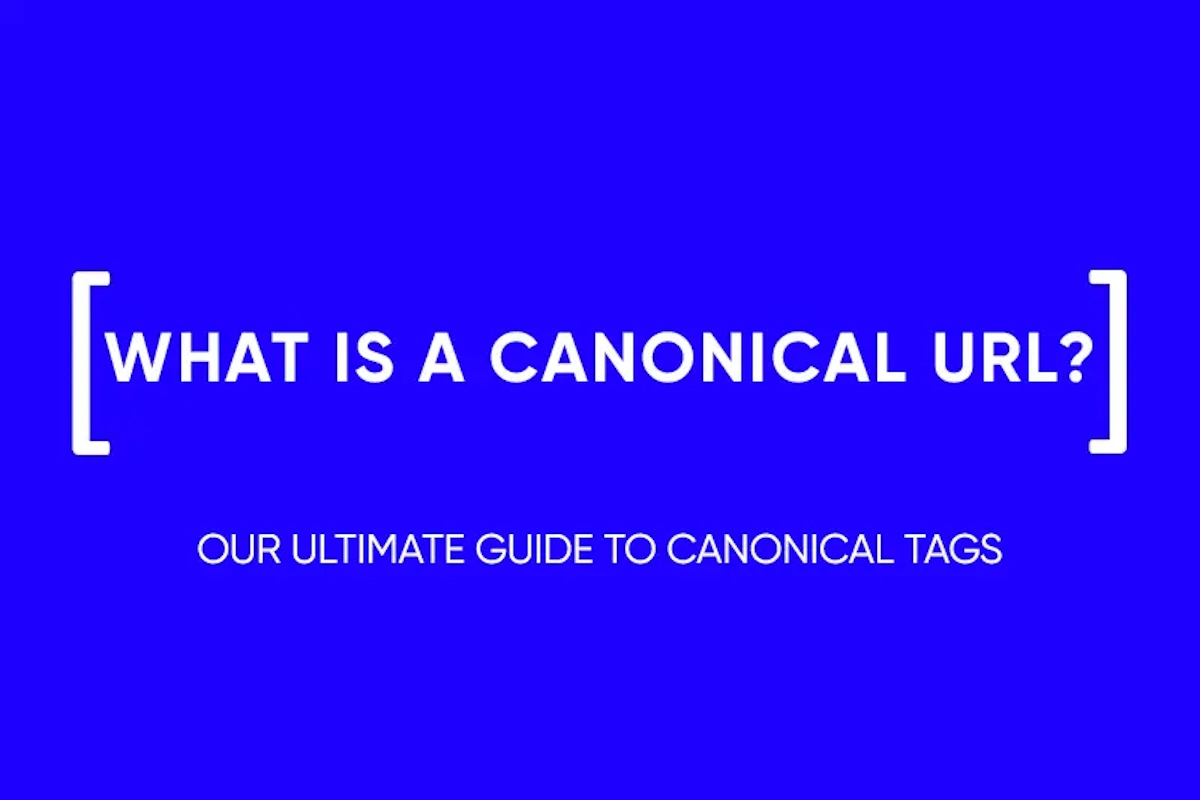Keyword Difficulty Explained: Find Your Right Level
What Is Keyword Difficulty?
Keyword difficulty is a crucial concept in the realm of SEO, often mentioned in discussions about keyword ranking difficulty and the effectiveness of keyword difficulty tools. It refers to the effort and resources required to rank well in search engine results for a specific term. This concept is central to understanding the nuances of keyword difficulty in SEO and is a key metric used by digital marketers, webmasters, and content creators to strategize their SEO efforts.
Understanding keyword difficulty involves analyzing various factors, including the strength of competition on search engine results pages (SERPs), the authority of competing websites, and the quality of their content. Tools like keyword difficulty software help in this analysis by providing a keyword difficulty score, which is a numerical representation of how challenging it would be to rank for a given keyword. This score is typically calculated by analyzing data from search engines and comparing the target keyword against a scale of difficulty.
The Difference Between Keyword Difficulty vs. Keyword Competition
While keyword difficulty and keyword competition are closely related, they are not the same. Keyword difficulty focuses on the overall challenge of ranking for a particular keyword, considering various on-page and off-page SEO factors. This includes an assessment of the quality of existing content on the topic, the strength of backlinks to these pages, and the domain authority of the sites currently ranking for the keyword.
On the other hand, keyword competition mainly looks at the number of entities trying to rank for the same keyword. High competition means more websites are targeting the same keywords, but it doesn’t always account for the quality or strength of these competitors. Therefore, a keyword with high competition might not always have a high difficulty score if the existing content is of lower quality or the backlinks are not as strong.
Why Is It Important to Understand Keyword Difficulty?
Understanding keyword difficulty is vital for several reasons. Firstly, it helps in setting realistic expectations and strategies for SEO campaigns. By knowing how hard it is to rank for certain keywords, businesses and content creators can better allocate their resources and time. For instance, targeting keywords with a lower difficulty score might be more feasible for new or smaller websites.
Moreover, understanding keyword difficulty assists in content planning and optimization. It guides the content creators to focus on topics where they have a better chance of ranking high. This is especially important in a highly competitive digital landscape where standing out in organic search results can significantly impact a website’s visibility and traffic.
Keyword Difficulty as a Metric
Keyword difficulty is an essential metric in SEO as it provides a quantifiable measure of how challenging it is to rank for a specific keyword. It is usually presented as a numerical value or a scale, with higher numbers indicating greater difficulty. This metric is particularly useful when conducting keyword research and analysis, as it helps prioritize keywords that are achievable and relevant to the website’s SEO goals.
SEO professionals and marketers often use keyword difficulty scores alongside other metrics like search volume and keyword relevance to develop a more comprehensive SEO strategy. By balancing the difficulty score with the potential traffic benefits of a keyword, they can target terms that offer the best return on investment.
How is Keyword Difficulty Calculated?
The calculation of keyword difficulty involves a complex process that takes into account various factors. Most keyword difficulty tools analyze the top pages ranking for a given keyword, examining elements such as the number of inbound links (inlinks) to these pages, the domain authority of the ranking websites, and the quality of the content. They also look at how these pages perform in terms of user engagement and other SEO metrics.
Furthermore, keyword difficulty tools often use proprietary algorithms to analyze SERP features, like snippets, knowledge graphs, and local listings, which can influence a keyword’s ranking difficulty. The final score represents an estimate of how hard it would be for a new page to break into the first page of Google or other search engines for that specific term. This numerical value is invaluable for SEO strategists and content creators in planning their keyword targeting and content creation strategies.
Keyword Difficulty as a General Term
Keyword difficulty, as a general term, extends beyond just a numeric metric; it encapsulates a comprehensive evaluation of various aspects influencing a website’s ability to rank on search engines. This broader perspective considers not only the inherent challenges of a keyword but also the relative competitive landscape, the authority and trustworthiness of your website, the quality and relevance of your content, and the alignment of your content with user search intent.
Understanding keyword difficulty in this holistic manner allows for a more nuanced approach to SEO and content strategy, ensuring that efforts are not just focused on numbers but also on the qualitative aspects that drive successful search engine rankings.
1. Your Competitors
Analyzing your competitors is a vital aspect of understanding keyword difficulty. This involves more than just identifying who they are; it requires a deep dive into their SEO strategies, the keywords they are targeting, and how well they are performing in search rankings. Tools that measure keyword difficulty often provide insights into these areas, revealing not just who your competitors are but also their strengths and weaknesses.
Knowing your competitors helps in identifying gaps in their strategies that you can exploit. For instance, if a competitor is ranking well for a keyword but has relatively weak content, this presents an opportunity for you to create more comprehensive and valuable content to challenge their position.
2. Authority of Your Website
The authority of your website is another crucial factor in keyword difficulty. Websites with high domain authority are generally seen as more trustworthy and reputable by search engines, giving them an advantage in ranking for competitive keywords. Your website’s authority is influenced by various factors, including the quality and number of backlinks, the age of the domain, and historical performance in search rankings.
Improving your website’s authority involves a long-term strategy of building quality backlinks, consistently producing high-quality content, and ensuring a good user experience. Higher authority not only reduces the keyword difficulty for your site but also enhances the overall effectiveness of your SEO efforts.
3. Quality of Your Content
The quality of your content is directly linked to keyword difficulty. High-quality, engaging, and informative content is more likely to rank well on search engines. Quality content is characterized by its relevance to the target keyword, the value it offers to the reader, and its uniqueness.
To compete effectively for keywords, your content should not only incorporate the targeted terms but also provide comprehensive coverage of the topic. This includes addressing user queries, offering unique insights, and ensuring the content is updated and accurate. High-quality content can lower the difficulty of ranking for specific keywords by distinguishing your site from competitors.
4. Search Intent
Understanding the search intent behind a keyword is integral to grasping its difficulty. Search intent refers to the reason why a user is conducting a specific search. This could be to find information (informational intent), to make a purchase (transactional intent), or to navigate to a specific site (navigational intent).
Aligning your content with the search intent of your targeted keywords is crucial for ranking success. For instance, if a keyword has transactional intent, your content should focus on product information, reviews, or purchase options. Similarly, for informational keywords, your content should aim to educate and inform. Aligning with search intent not only helps in ranking but also ensures that your audience finds your content valuable and relevant to their needs.
How to Check Keyword Difficulty
Checking keyword difficulty is a fundamental step in any SEO strategy. It involves using specialized tools and software designed for this purpose. These tools, such as keyword difficulty tools and trackers, evaluate a range of factors including search volume, the number of competing websites, and the quality of those websites’ content and backlinks. To check the difficulty of a keyword, simply input the term into the tool, and it will return a difficulty score. This score is a crucial piece of information that helps in gauging how hard it would be to rank for that specific keyword in search engine results pages (SERPs).
What Is a Good Keyword Difficulty Score?
A good keyword difficulty score varies depending on several factors, including the specific goals of your SEO campaign and the current strength of your website. Generally, lower scores indicate easier ranking potential, which might be more suitable for newer or smaller websites. Higher scores suggest a competitive landscape, requiring more robust SEO strategies. For most websites, targeting keywords with a moderate difficulty score offers a balanced approach, blending achievable ranking potential with meaningful traffic opportunities.
How Do Long-Tail Keywords Impact Keyword Difficulty?
Long-tail keywords, which are longer and more specific phrases, often have a lower keyword difficulty compared to shorter, more general terms. This is because they tend to have less search volume and consequently less competition. Targeting long-tail keywords can be a strategic move, especially for websites that are building their SEO presence or are in a highly competitive niche. These keywords can provide a pathway to rank well in SERPs, as they are more targeted and often align closely with specific user intents.
How to Use Keyword Difficulty to Find the Best Keywords
Using keyword difficulty effectively is key to identifying the best keywords for your SEO strategy. It allows you to prioritize keywords that offer the right balance of ranking feasibility and potential traffic.
Use it to Sort Through Lists of Keywords
When presented with a list of potential keywords, use the keyword difficulty score to sort them. This process helps in identifying which keywords are within your reach and which ones might require more effort and resources. By focusing on keywords with an appropriate level of difficulty, you can optimize your efforts and resources for better results.
Use Keyword Difficulty in Tandem With Other Factors to Select Your Target Keywords
While keyword difficulty is an important metric, it should be used in conjunction with other factors like search volume, relevance to your content, and alignment with user intent. This comprehensive approach ensures that the keywords you target are not only feasible to rank for but also bring valuable traffic and align with your overall marketing goals.
Conclusion
Understanding and utilizing keyword difficulty is a pivotal aspect of successful SEO. By effectively assessing the difficulty of various keywords, you can make informed decisions that align with your website’s strengths and market positioning. Whether it’s targeting long-tail keywords for easier ranking or tackling more competitive terms with a robust strategy, keyword difficulty analysis plays a critical role in guiding your SEO efforts. Remember, the goal is not just to rank for any keyword but to rank for the right keywords that will drive relevant traffic and contribute to your website’s success.
and stay up-to-date with the latest news about our platform and affiliate marketing.




